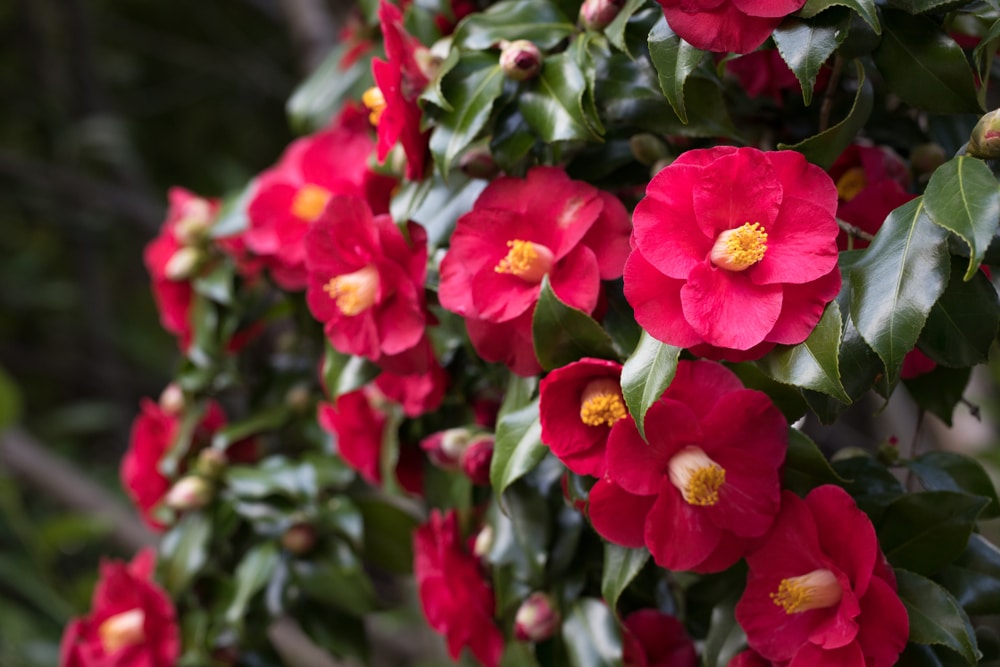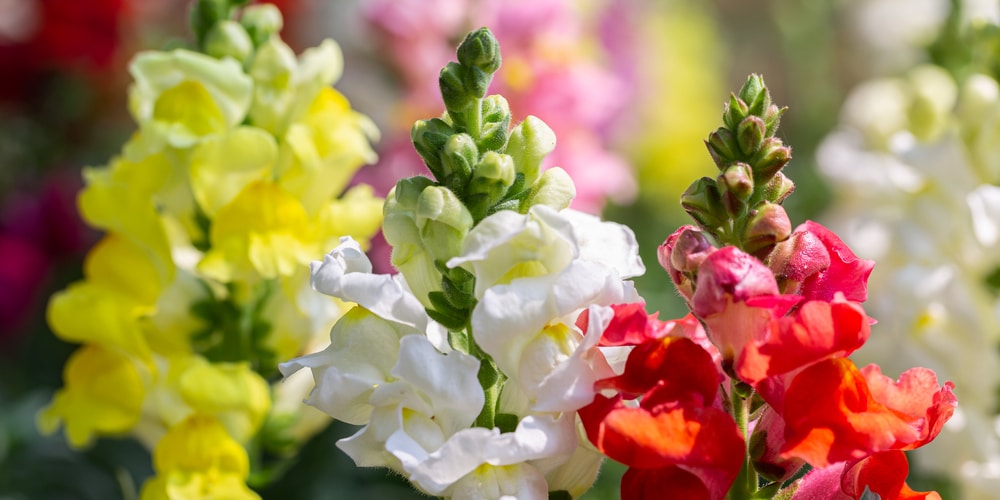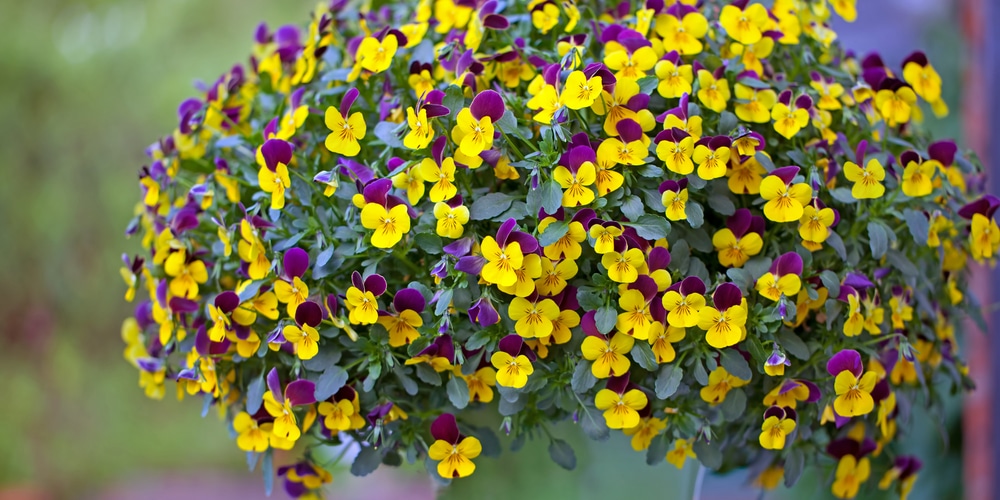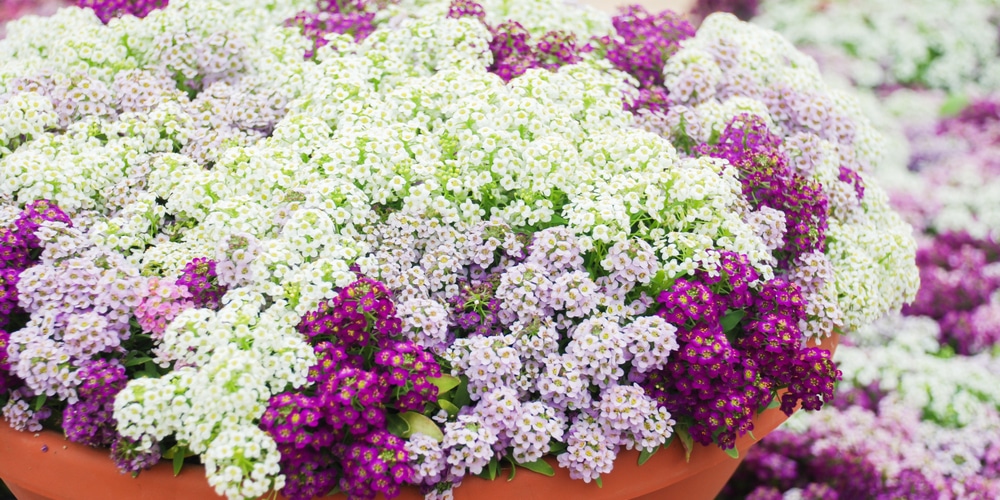When it comes to growing plants in Texas you generally won’t have to worry about the winter season. If you want your garden or yard to thrive all-year round, why not plant these 7 winter flowers Texas?
Petunias
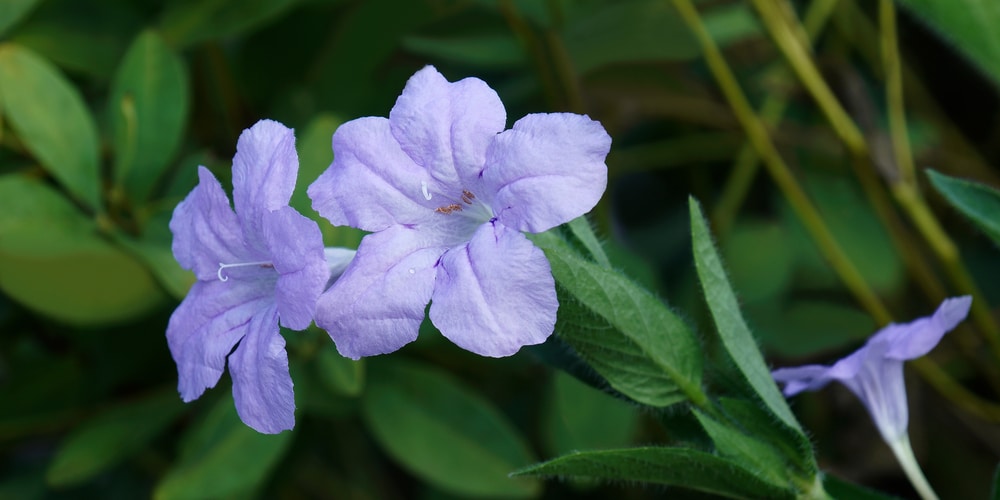
Petunias are a cold-hardy species that’s perfectly suited for short Texas winters and frost. What’s more, you can choose from among half a dozen or so varieties, with flower colors that range from pink, violet, white and yellow, among others.
This plant is usually treated as an annual but is versatile- you can put them in hanging baskets, containers and borders and they won’t complain. As for location, petunias love getting morning sun and some watering every now and then. Make sure to put your petunias in well-draining soil.
Hellebore
Hellebore is a plant that doesn’t shy away from the cold. In fact, it prefers a somewhat low temperature climate and prefers a shady spot in your yard or garden.
It’s one of the favorite choices for winter flower North Texas because it’s tough and puts on a colorful show in fall and can survive a period of neglect or two. It’s often referred to as ‘Lenten Rose’ because its flowers somewhat resemble roses that open up during early spring.
To grow hellebore in Texas you’ll need a constantly moist and well-draining soil.
Camellias
Camellias are classic winter plants characterized by a wonderful, perfume-like scent and shiny, dark green leaves. The two most popular varieties are the Sasanqua and Japonica.
You don’t need too many requirements should you decide to grow camellias. You can cover the low-growing plant with burlaps in severe freezing weather, but other than that you just have to water them ever so often. As a reward, these hardy little troopers will give you sweet-smelling blooms that range from red to pale pink in color.
Snapdragons
Snapdragons grow just about anywhere you put them, but they prefer a location that gets full sun and staking for the tallest varieties.
You can forego tall plants and opt for the shorter ones instead. There’s only one thing you have to do to encourage bushiness and branching- cut the top stem, along with long shoots and you’ll get more flowers when the plant matures.
Snapdragon soil should be moist in the first week or so- don’t let it dry out for the best results. The best thing about this winter-loving plant is that it tends to self-seed, so you can expect young snapdragons in the next growing season.
Pansies
When it comes to the best winter flowers you can grow in Texas, look no further. Pansies are long-lived perennials and come back every year like little troopers.
These flowers come in just about every imaginable shade, from orange to gold, red, white and even purple. They bloom when most plants lie in dormancy come winter and continuously push out growth as long as the weather permits.
Aside from needing very little, pansies will thrive in just about any condition. Ideally though, you’ll want to put them in containers or locations where they get morning sun.
Winter Honeysuckle
For winter flowers South Texas you’ll want the Winter Honeysuckle. During the warmer months and in summer and spring they appear as a bush, but when the colder months come these plants start producing the cutest honeysuckle flowers. To top it off, the flowers are intricate and give off an amazing scent!
The flowering shrub is considered an invasive species in some regions, so you’ll want to contain it when you have the time. They don’t require direct sunlight and are relatively pest- and disease-free.
Sweet Alyssum
Want your garden covered with clusters of white, purple or pink flowers? The Sweet Alyssum is the perfect plant to get. The plant has a unique characteristic in that its leaves also exude a distinct, honey-like smell.
The perennial is grown as an annual and appears in small clusters. They’re extremely hardy and require very little, save for their light and watering requirements. You can put them in as a ground cover which they’ll quickly fill with shoots and greenery.
Sweet alyssums produce flowers from spring until hard frost, and can thrive in partial shade in warmer regions. You won’t need to deadhead as they constantly produce new buds.
You May Also Like: When to Plant Blueberries in Texas?
